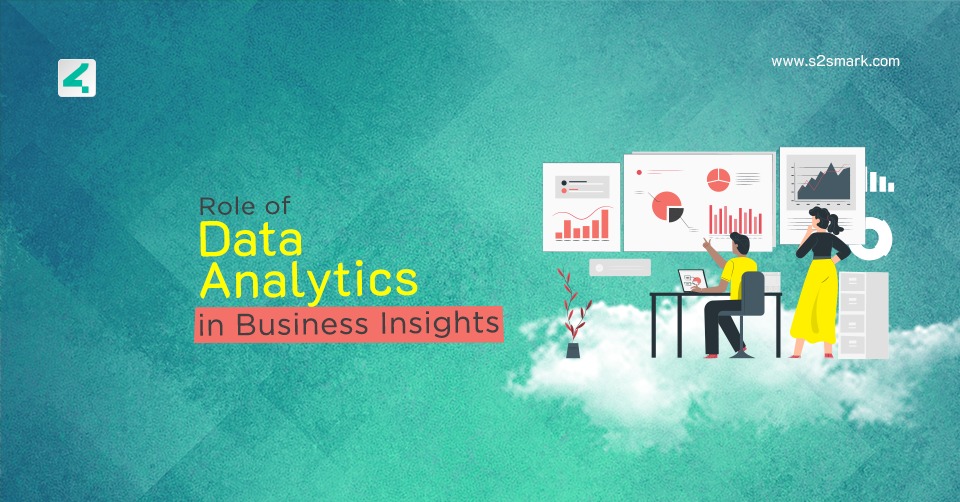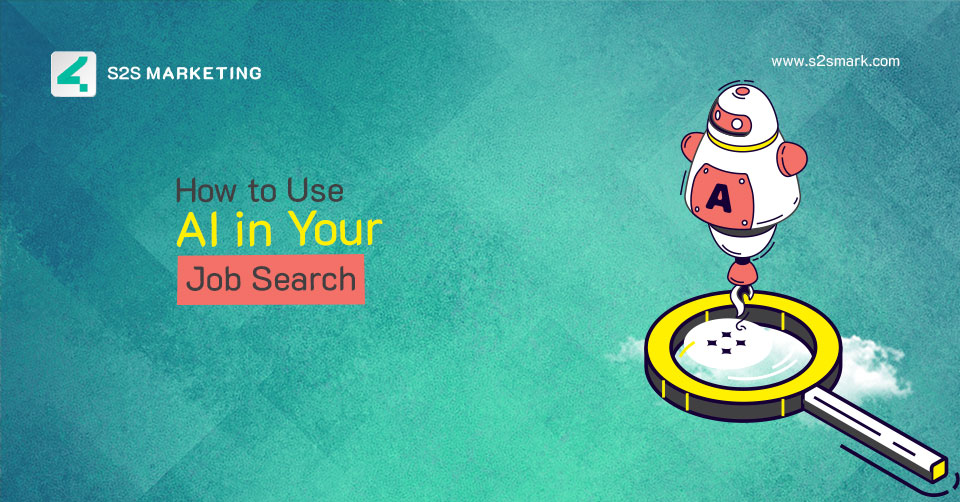In today’s data-saturated world, making informed decisions based on data is essential for businesses to grow. Data analytics empowers organizations to understand their customers, optimize operations, and adapt to changing market conditions.
Understanding Data Analytics
Data analytics is the process of collecting, cleaning, and analyzing data to extract meaningful insights. It is a powerful tool that can be used to improve decision-making, solve problems, and drive innovation.
Data analytics is used in a wide range of industries, including healthcare, finance, retail, and manufacturing. For example, healthcare providers use data analytics to identify trends in patient care and improve outcomes.
To understand data analytics, it is important to know about the different types of data that can be analyzed.
- Structured data is data that is already organized in a specific format, such as a spreadsheet or database.
- Unstructured data is data that is not organized in a specific format, such as text, images, and videos.
Data analytics can be broadly categorized into three types:
- Descriptive Analytics: Descriptive analytics involves summarizing historical data to understand what has happened in the past.
- Predictive Analytics: Predictive analytics, on the other hand, uses historical data to predict future trends and outcomes.
- Prescriptive Analytics: Prescriptive analytics takes it a step further by providing recommendations on what actions to take based on predictive insights.
Collecting and Preparing Data
To make the most of data analytics, you first need to gather all the data that’s relevant to your business. This could include customer information, sales figures, and website traffic. However, raw data is often disorganized. In fact, a recent study by Experian found that 88% of businesses have poor data quality.
That’s why you need to prepare your data by cleaning it up and putting it into a format that’s easy to analyze. This process can be time-consuming, but it’s worth it in the long run. A study by IBM found that businesses that invest in data preparation see an average return on investment of 500%.
Here are a few tips for collecting and preparing data:
- Identify the data you need. What are your business ideas? What questions do you want to answer with your data? Once you know what data you need, you can start to collect it.
- Clean your data. This involves removing errors, inconsistencies, and duplicates. You may also need to convert your data into a consistent format.
- Structure your data. This means organizing your data into tables or databases. This will make it easier to analyze your data with data analytics tools.
Once your data is clean and structured, you’re ready to start analyzing it to gain valuable insights for your business.
Data Analysis Techniques
There are various data analysis techniques at your disposal, including regression analysis, clustering, and classification. Regression analysis helps in understanding the relationships between variables, while clustering group’s similar data points together. Classification, on the other hand, helps in categorizing data into predefined classes.
Visualizing Data
Data visualization is a powerful tool for making data understandable and actionable. Infographics, charts, and graphs can help you present data in a format that is easy to comprehend. Tools like Tableau and Power BI can assist in creating compelling visualizations.
Identifying Trends and Patterns
One of the main goals of data analytics is to find trends and patterns in the data. This can show us what customers want, how the market is changing, and where we can improve our operations. By understanding these patterns, businesses can make better decisions based on data, which can lead to more profits.
For example, a recent study by McKinsey found that businesses that use data analytics to identify trends and patterns grow revenue 5% faster than those that don’t. And another study by IBM found that data-driven companies are 23 times more likely to be profitable than their competitors.
Predictive Analytics
Predictive analytics allows businesses to forecast future outcomes. Whether it’s predicting customer churn, sales forecasts, or inventory management, this is a valuable tool in business decision-making. Machine learning algorithms play a crucial role in predictive analytics.
Real-time Analytics
In today’s fast-paced business environment, real-time analytics is gaining prominence. This involves analyzing data as it is generated, providing businesses with immediate insights. It’s particularly useful for industries like e-commerce and finance.
Data Security and Compliance
With the increasing importance of data analytics, data security and compliance are critical. Businesses must ensure that they handle data responsibly, protect sensitive information, and comply with data protection regulations like GDPR.
Data Analytics Tools
There are many different data analytics tools available, each with its own strengths and weaknesses. Some popular tools include:
- Google Analytics: A free and easy-to-use tool that provides insights into website traffic and visitor behavior.
- Python: A general-purpose programming language that is popular for data science and machine learning.
- R: A statistical programming language that is popular for data analysis and visualization.
- SAS: A powerful but expensive commercial data analytics platform.
- Hadoop: An open-source framework for distributed data processing.
The best data analytics tool for you will depend on your specific needs and expertise level.
Case Studies
Real-world examples of businesses successfully using data analytics can be very helpful. Case studies from companies like Amazon, Netflix, and Walmart show how data analytics has transformed their operations and customer experiences.
For example, Amazon uses data analytics to recommend products to customers, optimize its supply chain, and detect fraud. In 2022, Amazon reported that it generated over $386 billion in revenue, up from $280 billion in 2021. This growth can be attributed in part to Amazon’s effective use of data analytics.
Netflix uses data analytics to recommend movies and TV shows to its customers, personalize its marketing campaigns, and improve its streaming quality. In 2022, Netflix reported that it had over 220 million subscribers worldwide, up from 209 million in 2021. This growth can be attributed in part to Netflix’s effective use of data analytics.
These are just a few examples of how businesses are using data analytics to achieve success. As the world becomes increasingly data-driven, data analytics will become even more important for businesses of all sizes.
Challenges and Limitations
Data analytics offers many benefits, but it also comes with some challenges, such as:
- Data privacy concerns: Businesses need to be careful about how they collect, store, and use data to protect their customers’ privacy. A recent survey by Oxford Research Center found that 79% of Americans are concerned about the way companies are using their personal data.
- The need for skilled data analysts: Data analytics requires specialized skills and knowledge. According to a recent report by IBM, there is a global shortage of 2.7 million data analysts. This can make it difficult for businesses to find the talent they need to implement data analytics solutions.
- The cost of implementing data analytics solutions: Data analytics solutions can be expensive, especially for small businesses. According to a recent study by Gartner, the average enterprise spends $2.9 million on data analytics software and hardware each year.
Despite these challenges, data analytics is an essential tool for businesses of all sizes. By understanding the challenges and limitations of data analytics, businesses can develop strategies to mitigate them and reap the many benefits that data analytics has to offer.
Future Trends in Data Analytics
As technology evolves, data analytics is expected to see significant changes. Machine learning, artificial intelligence, and big data will continue to play a leading role in shaping the future of data analytics.
Here are some specific facts and figures about the future trends in data analytics:
- Machine learning (ML): ML is a type of artificial intelligence (AI) that allows computers to learn without being explicitly programmed. ML is already being used in a variety of data analytics applications, such as fraud detection, customer segmentation, and predictive maintenance. According to a recent report by Gartner, the global ML market is expected to grow from $125.2 billion in 2022 to $513.2 billion in 2027.
- Artificial intelligence (AI): AI is a broader field of computer science that deals with the creation of intelligent agents, which are systems that can reason, learn, and act autonomously. AI is being used to develop new data analytics tools and techniques that can help businesses to better understand and analyze their data. According to a recent report by PwC, AI is expected to contribute $15.7 trillion to the global economy by 2030.
These are just a few of the many ways that machine learning, artificial intelligence, and big data are shaping the future of data analytics. As these technologies continue to develop, we can expect to see even more innovative and powerful data analytics tools and techniques emerge.
Frequently Asked Questions
1-What is data analytics, and why is it important for businesses?
Data analytics is the process of examining, cleaning, transforming, and interpreting data to uncover valuable insights. It’s important for businesses because it enables data-driven decision-making, optimizing operations, and adapting to market changes.
2-How can businesses collect and prepare data for analytics?
Businesses can collect relevant data and then clean and structure it to make it suitable for analysis.
3-What are the challenges of using data analytics in business?
Challenges include data privacy concerns, the need for skilled data analysts, and the cost of implementing data analytics solutions.
Conclusion
Data analytics has become a game-changer for businesses of all sizes. It empowers organizations to make data-driven decisions, enhance customer experiences, and stay competitive in a dynamic market. By understanding the basics, embracing advanced techniques, and being mindful of security and compliance, businesses can leverage data analytics to drive better business insights.





